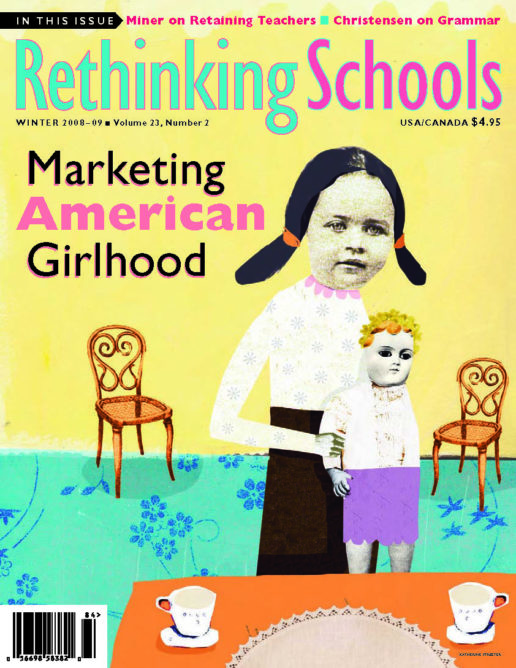Preview of Article:
Demystifying the ‘Dismal Science’
One would not normally pick up a book called Introducing Economics with expectations for an exciting evening. As economist Robert Heilbroner is reported to have remarked: “Mathematics has given economics rigor, but alas, also mortis.” So the good news is that Introducing Economics manages to be both rigorous, and un-deadly.
This is a book meant for high school teachers assigned to teach economics. Although the subject is relatively new to the high school curriculum, Maier and Nelson note, most states now mandate some economics teaching in the high school curriculum, and half of all high school graduates take an economics course. How do their teachers learn the content, since many of them would never have had a course in economics themselves?

